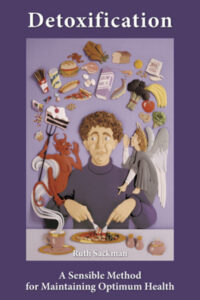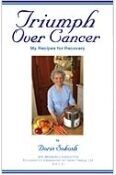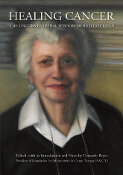One food which dates back in prehistoric times is the date. Dates are highly nutritious and truly a miracle food which has nourished, sustained and probably imparted life to countless travelers over the sands of time.
While the date is ripened on the tree, the sugar it contains increases until it is completely ripe. At that time, the natural sugar supply could be as much as 75% of the whole food. Those who find they have a “sweet tooth” would be wise to eat some dates when they finish a meal. It’s far healthier than commercial sweets or white sugar products.
M.C. Hetzell, writing about the date in Life and Health, national medical journal, (Vol. 71, No.12) explains that, “Of all fruit-bearing trees the date palm is most unique. For example, there are female date palms and male date palms. Yet, unlike other plants of this type, the flowers of the female are not pollinated via the ambitious migrations of bees or other insects Nor do the gentle breezes perform any expert service on behalf of Mother Nature. It remains for man to clamber aloft among the spiny leaves and shake the pollen from the male blossoms amid the blooms of the female. This service has been so performed for nearly 400 years!”
Because the date palm does not require any pollination, and because it is so self-sufficient, it may be regarded as the healthiest tree in the world! It just cannot be spoiled by improper pollination.
Once the dates are picked, they must be properly ripened. M.C. Hetzel explains, “Today dates are ripened in what are called maturation rooms, which are maintained at uniform temperature and humidity. Aiding also in the even development of the fruit is the brown-bag treatment. One who visits groves in the fall of the year, when the dates are maturing, may be amazed at the sight of what appears to be numerous bottomless brown sacks suspended from stately palms. Wrapped around the great clusters of dates, they repel the birds, who evidently suffer from sweet tooth. They encourage insect visitation. They perform the much needed service of an umbrella in case of rain.”
Dates are picked individually when they ripen. They are ready to be picked when they reach the “khalal stage” which is when they turn from intense red or yellow to the golden or brown hue. Such meticulous care means that the dates you will buy in handy package at the store is rich in natural undisturbed vitamins, minerals and other nutrients.
Originally, dates were grown only in the deserts of the ancient lands of Arabia and the country of the camel and the nomad tribes. So hardy were these dates and so filled with nutritional qualities, that they were the chief food grown at all oasis—caravans would take huge sacks of dates with them—without these dates their prime source of nourishment—it is doubtful they could have survived weeks and weeks of difficult travel. Dates are one of the few foods which thrive in various climates and are not affected by adverse conditions.
At the turn of the 19th century, Dr. T Swingle, a youthful researcher at the Bureau of Plant Industry of the Department of Agriculture, decided to help start America’s date industry. He obtained date tree offshoots or suckers from North Africa and planted them in various parts of the United States. One area was especially favorable—the sun drenched Imperial valleys of California which was excellent soil and ardent climate. The young date trees flourished and matured and produced delicious dates, earning this part of the country the title of the “date growing kingdom” of America. Here, the desert warmth provides the proper climate for date growing irrigation, offer sufficient water—at the base of the palm—and the result is a package of delicious, nutritious dates.
NUTRIENTS IN ONE CUP of DATES (100g)
Calories: 66
Protein:: .4g
Fat: ..0g
Carbohydrates: 18g
Calcium: 64mg
Phosphorus: 62mg
Iron: .90mg
Vitamin A: 149 I.U.
Thiamine: .05mg
Riboflavin: .06mg
Niacin: 1.6mg
Ascorbic Acid: 0mg
Date Recipes: Stuffed Dates
More About Dates





